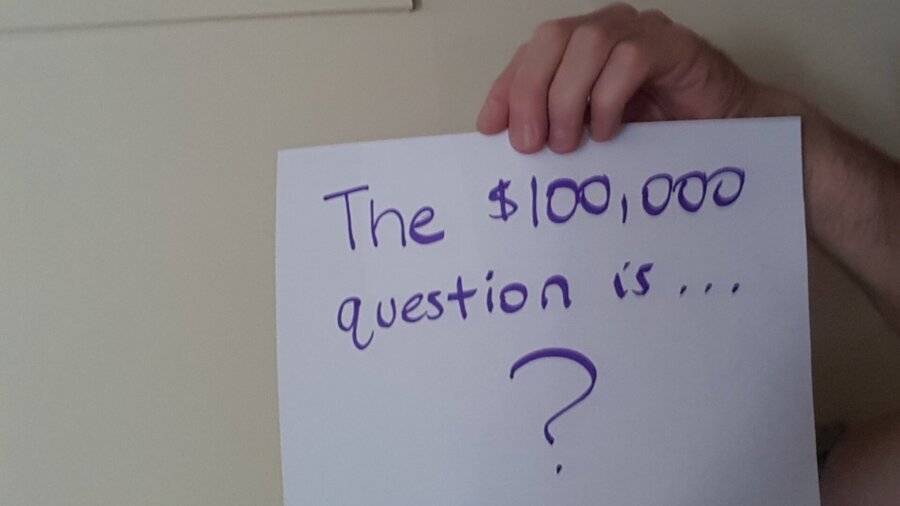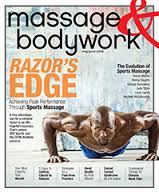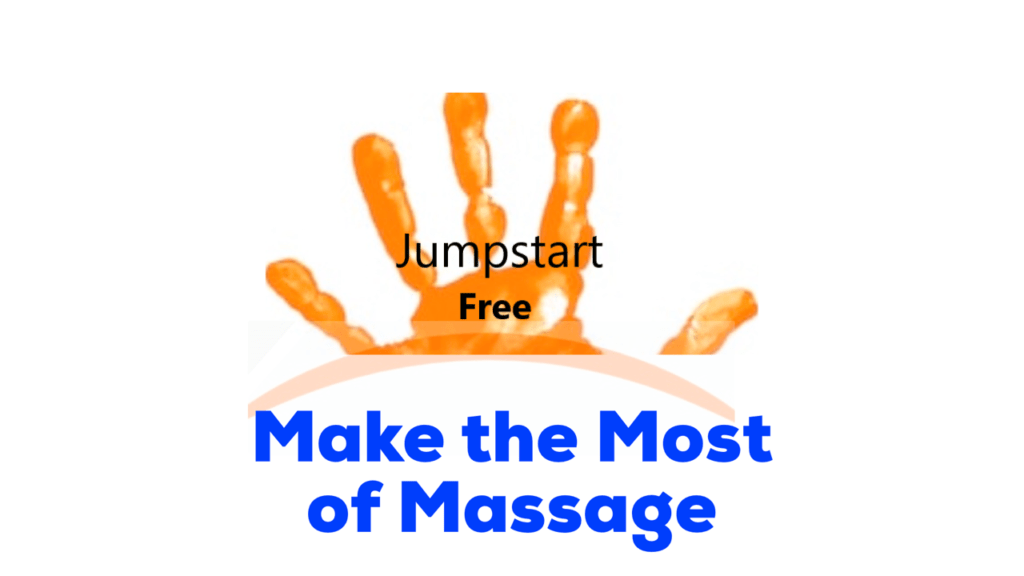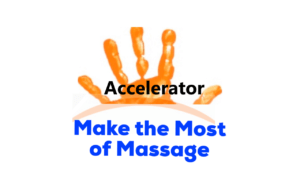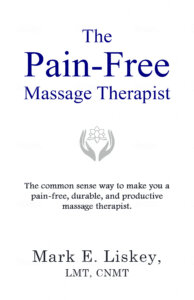There’s a massage skill that has nothing to do with your hands, but is really important when treating a client in pain. The skill is to ask the right massage intake question.
Of all the questions (excluding medical history and contraindications), there’s one question that could vastly improve your chances of helping someone in pain.
No more suspense.
It is: What has worked to relieve your pain before?
Oxycontin and vodka.
Okay, I’m not talking about drugs and booze.
I’m talking about what kinds of musculoskeletal treatments (physical therapy, chiropractic, massage therapy, yoga therapy, Pilates, etc) have helped with the pain in the past.
Once you have that information, drill down and find out what specifically about the treatments worked.
Then, if possible, incorporate the things that worked into your massage.
Here’s an example of how you might ask this important massage intake question.
Asha came in with neck and shoulder pain. She was a medevac nurse and speculated that having to carry heavy equipment and wear night vision goggles was the cause of cervical condition.
To relieve the pain she had tried lots of treatments. The cortisone route didn’t really help. Chiropractic had helped some. Bill helped the most.
Who was Bill?
He was a physical therapist who did hands on work with her.
Hmm…I asked her what he did.
She explained that he did some massage and stretching.
Then I asked her if he did manual traction on her neck as part of the stretching? And, if so, did that help?
The answers were yes and yes.
Next I asked if Bill ever tested her neck flexion, extension and rotation.
He had. Flexion and extension–no pain. Some pain in rotation.
Lastly, I asked about Bill’s massage pressure.
Firm pressure relieved the pain.
So, at that point I knew my treatment starting point would include specific work in the cervical erectors with firm pressure. I would also stretch her neck and do manual traction.
At the end of the session, Asha was a happy camper.
A companion massage-intake question to what makes a pain condition better is: What makes a pain condition worse or simply doesn’t help?
Maria came in with sciatica. The pain was in her right buttock and down her leg, but not below her knee.
She had been dealing with the condition for a month and half, but it had improved. And she rated herself as being 60% better.
Here’s how my questioning went with her.
Have you had massage before?
Yes, I get shiatsu from time to time. I really like it. I feel so much better afterwards.
(Maria had won a GC to see me. That’s why she wasn’t going to her Shiatsu person.)
Oh, did you ever get shiatsu when you had sciatica?
Yes. It was very helpful.
Now I had an idea of how I was going to treat Maria’s back problem—using a lot of static pressure.
Next the companion question: What makes it worse?
Maria told me that sitting makes her sciatica worse.
Okay, how about lying face down?
I’m good, she said.
I worked on Maria supine, fairly confident that I wasn’t going to aggravate her back condition.
I used static pressure on tight/tender areas in her spinal erectors. That was very relaxing and pain relieving for her.
When I got to her glutes, I knew I was going to back off on my pressure because sitting bothered here which could mean that the nerves in her gluteal area were fired up.
And they were.
I used oblique angles of approach when working the glutes and piriformis so that I wouldn’t be pressing down onto angry nerves, and used a pain scale technique to make sure that the pain was lessening as we worked.
Maria had significant pain reduction when we were done.
Here’s the key massage intake question and companion question recap:
“What has helped?” led me to using static pressure.
“What made it worse?” led me to using a pain scale, oblique angles of approach and lighter pressure in the gluteal area.
Why I’m So Adamant About This Massage Intake Question
Asking the right questions was hammered home with me after sitting in on many intakes with a PT friend.
I noticed that he was always coming back to identifying what is making a condition worse and what is making it better or, at the very least, not making it worse.
Once he had an idea of the parameters he should initially work within he then had an idea of how he could address the pain without making it worse. Once he got the pain down, he could start to test the parameters.
It takes time to ask the right questions.
I give and an extra 30 minutes for new clients. (You can download our intake here: [download id=”618″]).
During that time, I ask the important massage intake question: What treatments/techniques have lessened the pain in the past.
Then I incorporate the techniques that had worked (and I’m competent with) into my massage.
And I avoid the techniques that had been a bust or had made things worse.

Need more help?
Join my email group.
I send you my latest everything weekly.
It’s free.
Sign up below:-)
